Gold exhibit opens; that PHL has the ‘second largest gold deposit in the world’ was a revelation to FilAms
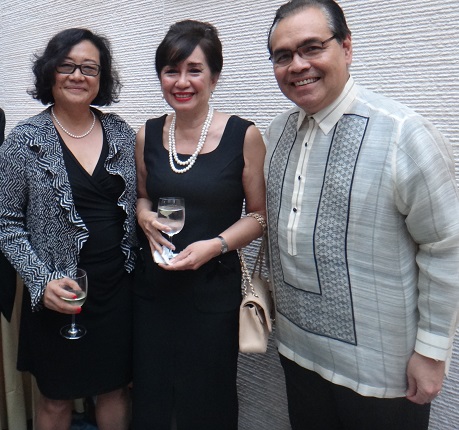
Consul General Mario de Leon Jr. with NYC Chief Technology Officer Minerva Tantoco (left) and artist Greta Lood. The FilAm Photos
By Cristina Dc Pastor
Wearing a floor-grazing lace gown, Loida Nicolas Lewis strode into the Asia Society lobby on September 11 where the Philippine gold exhibit was unveiled before the Filipino community. She was greeted by the rhythmic vigor of the Kinding Sindaw, her face transforming into a wide smile.
“The minute I walked in, I knew I was home,” the CEO and philanthropist said as we met at the lobby. “This is the sound of home.”
That was one of the parallel experiences for some of those who attended the festive event, “Philippine Gold: Treasures of Forgotten Kingdoms,” where more than 100 pieces of gold artifacts discovered and crafted even before the Europeans landed in the Philippines in the 1500s were on exhibit.
It is the first time the objects are being presented outside of Manila.
Consul General Mario de Leon Jr. made a penetrating commentary about the historic significance of the gold collection on view. First, that the Philippines had a civilization before the Spaniards came to rule the country, and second, that Filipinos descended from royalty.
“The items are of everyday objects, some are ritualistic articles, others are accessories and even tools used by members of the Kingdoms,” De Leon said in his opening remarks. “If you look at the Boxer Codex (old literature containing manuscripts and illustrations of Philippine ethnic groups)…you will see Tagalogs, Pintados, Negritos, Mindoro warriors, among other ethnic groups wearing intricate gold jewelry, carrying gold tools and clothed in silk apparel before the Spanish colonizers came.
“The items give us a glimpse of how our ancestors lived…These artifacts serve as reminders and proof that we were a treasure trove; we had an abundance of the most precious metal in the world.”
As a Filipino, continued De Leon, he is proud of the gold collection many of them belonging to the Ayala Museum in Manila.
“The antique works of gold highlight the prosperity and achievements of Philippine Kingdoms long before Spanish colonizers discovered our country (and) demonstrate sophisticated gold-working techniques of our ancestors.”
That the Philippines had the second largest gold deposit in the world was also stunning information to cultural dancer and choreographer Erno Hormillosa.
“I learned a lot from this exhibit and it’s fascinating,” he told The FilAm. “I did not know that the our beloved country has the second largest gold deposit in the world.”
Hormillosa said he is somewhat amused that some of the gold objects, like necklaces, chains, earrings, and bangles, are “often imitated in our cultural dances.” From the exhibit, he gained more knowledge about costumes and accessories in Philippine traditional dances, he said.
Some 120 pieces of gold artifacts – from tweezers to death masks – were on display on the second floor of the Asia Society museum. Co-curator Nina Capistrano-Baker explained to The FilAm that ancestral Filipinos wore “funerary masks” to establish their role and status in society. Warriors and chieftains who died in battle were interred wearing such masks.
“This is wonderful,” said Minerva Tantoco, New York City’s Chief Technology Officer, who represented Mayor Bill de Blasio in the event. “I missed this exhibit at the Ayala Museum when I was home recently and I’m glad I get to see it here in New York.”
Real estate professional Edwin Josue said the exhibit made him reflect that once upon a time the Philippines had its own pure, indigenous culture.
“We were not the Indios as the Spaniards termed us nor savages as the Americans had portrayed us,” he said. “There is richness in our culture and this gold collection is living proof that we have the blood and in our veins the ‘dugong maharlika.’”
Artist-painter Greta Lood said the exhibit is nothing short of “magnificent.”
“As an artist myself, I wonder how the artisans of 10 centuries ago learned to craft pure gold into such exquisite jewelry and other decorative items,” she said. “These elegant works of art reflect the abundant natural resources and creative spirit of the Filipinos.”
Actually, said Mariles Gustilo, director of the Ayala Museum, the exhibit is “all a matter of timing.” The collection has been kept under wraps” during the time of the Marcos dictatorship. In time, she said, the museum has decided to make it accessible to Filipinos.
“Philippine Gold: Treasures of Forgotten Kingdoms” is on view at the Asia Society until January 3, 2016.

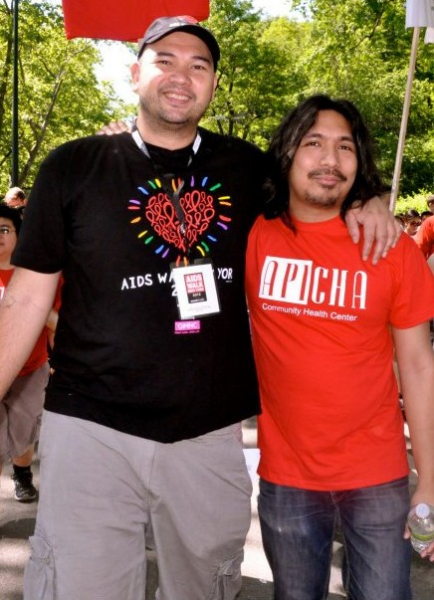
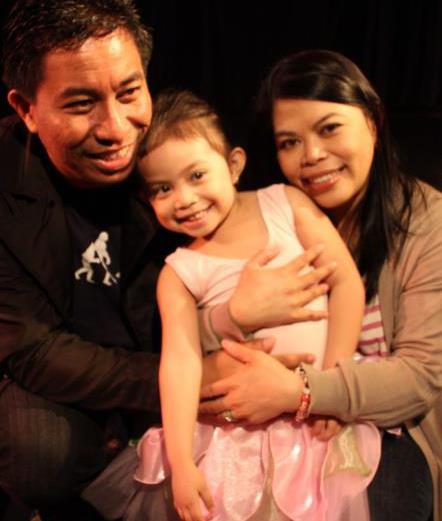
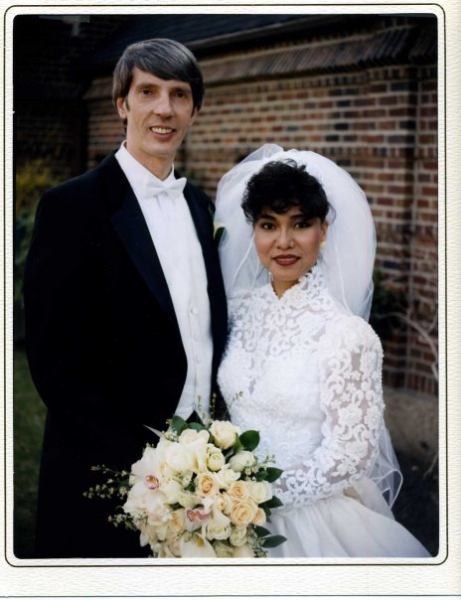
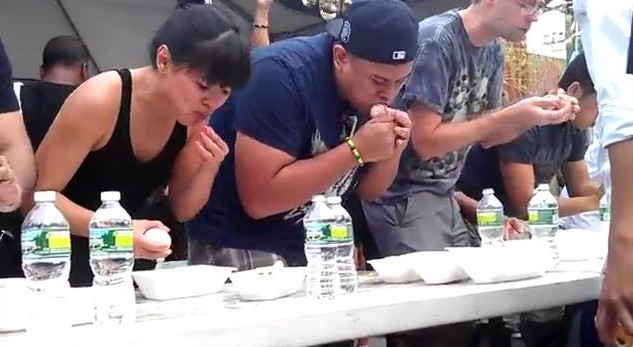
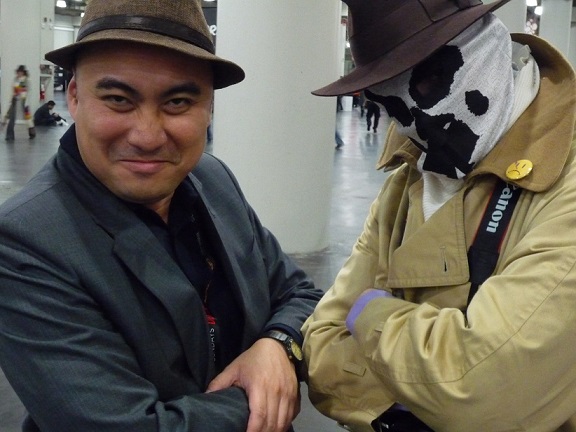
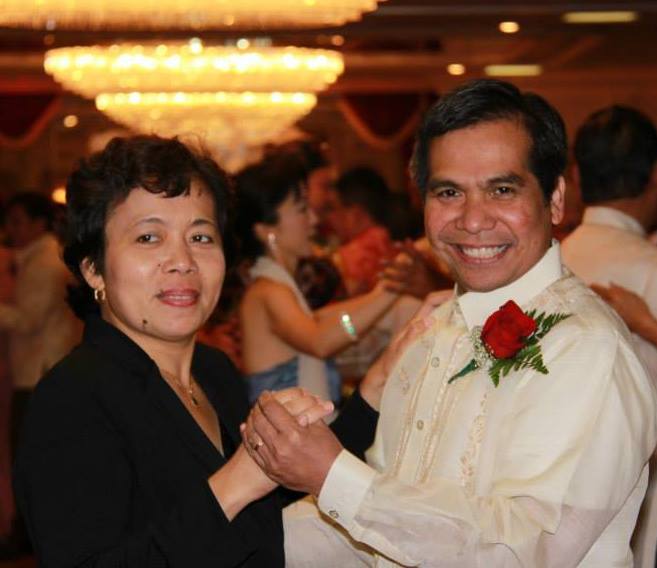
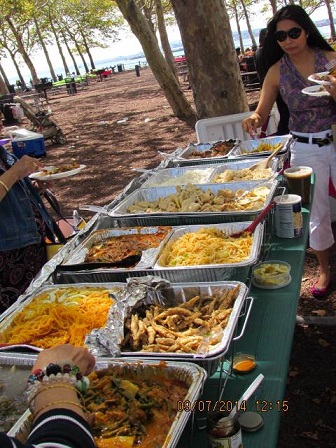


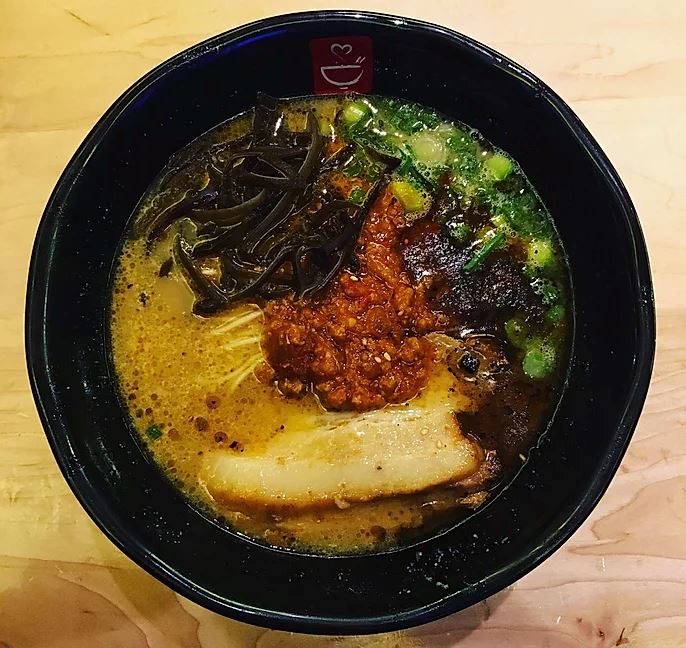

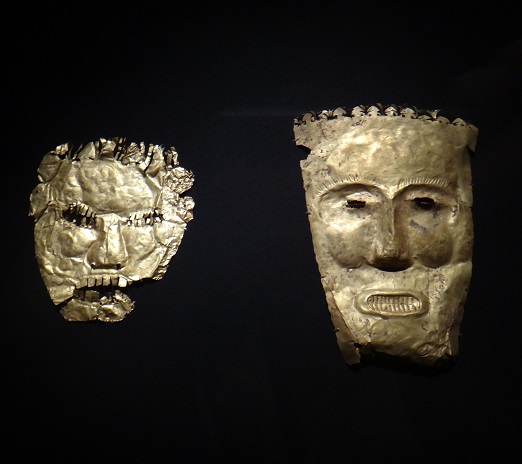
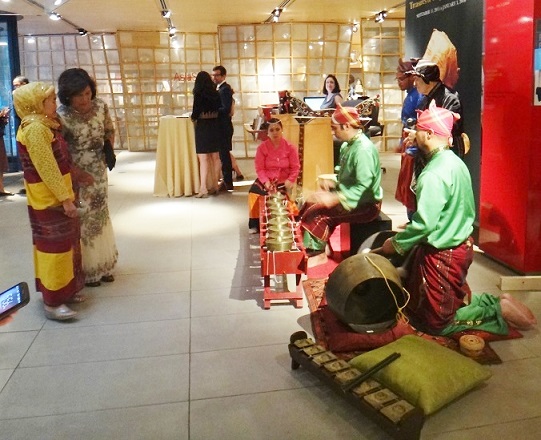
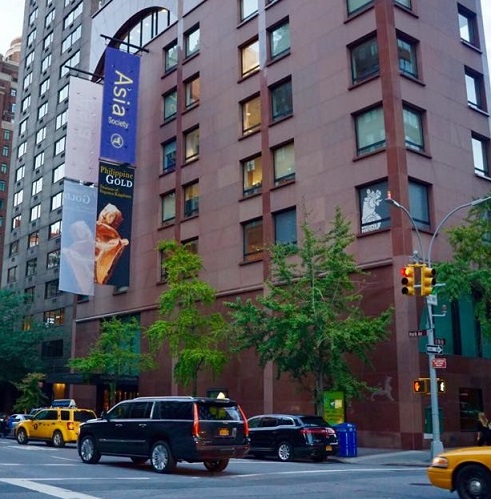
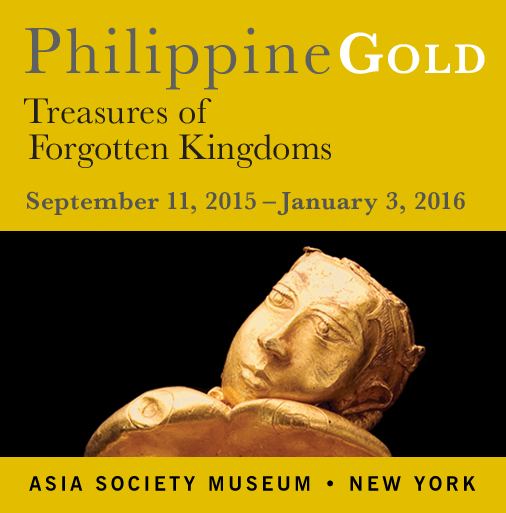

Its wonderful as your other posts :D, appreciate it for putting up.
We absolutely love your blog and find the majority of your posts to be just what I’m looking for. Does one offer guest writers to write content for you personally? Again, awesome website!
Thanks for sharing. . . . . .